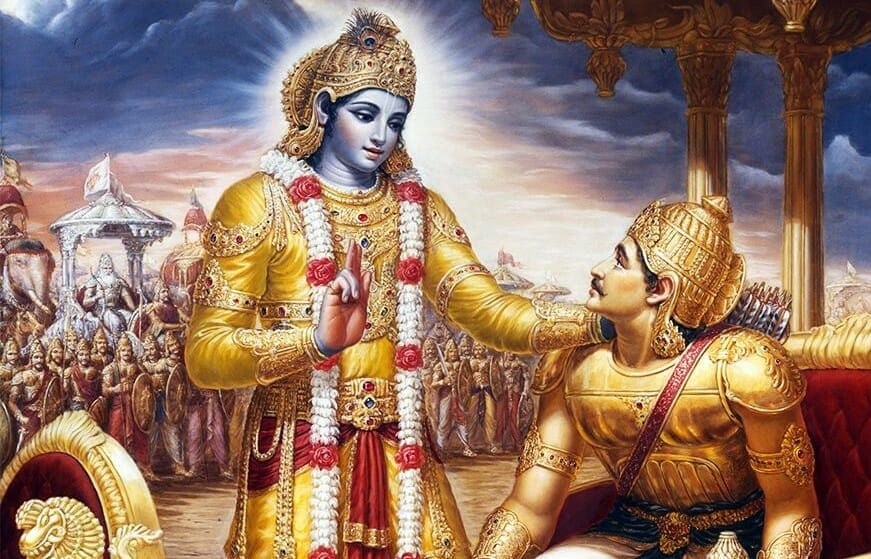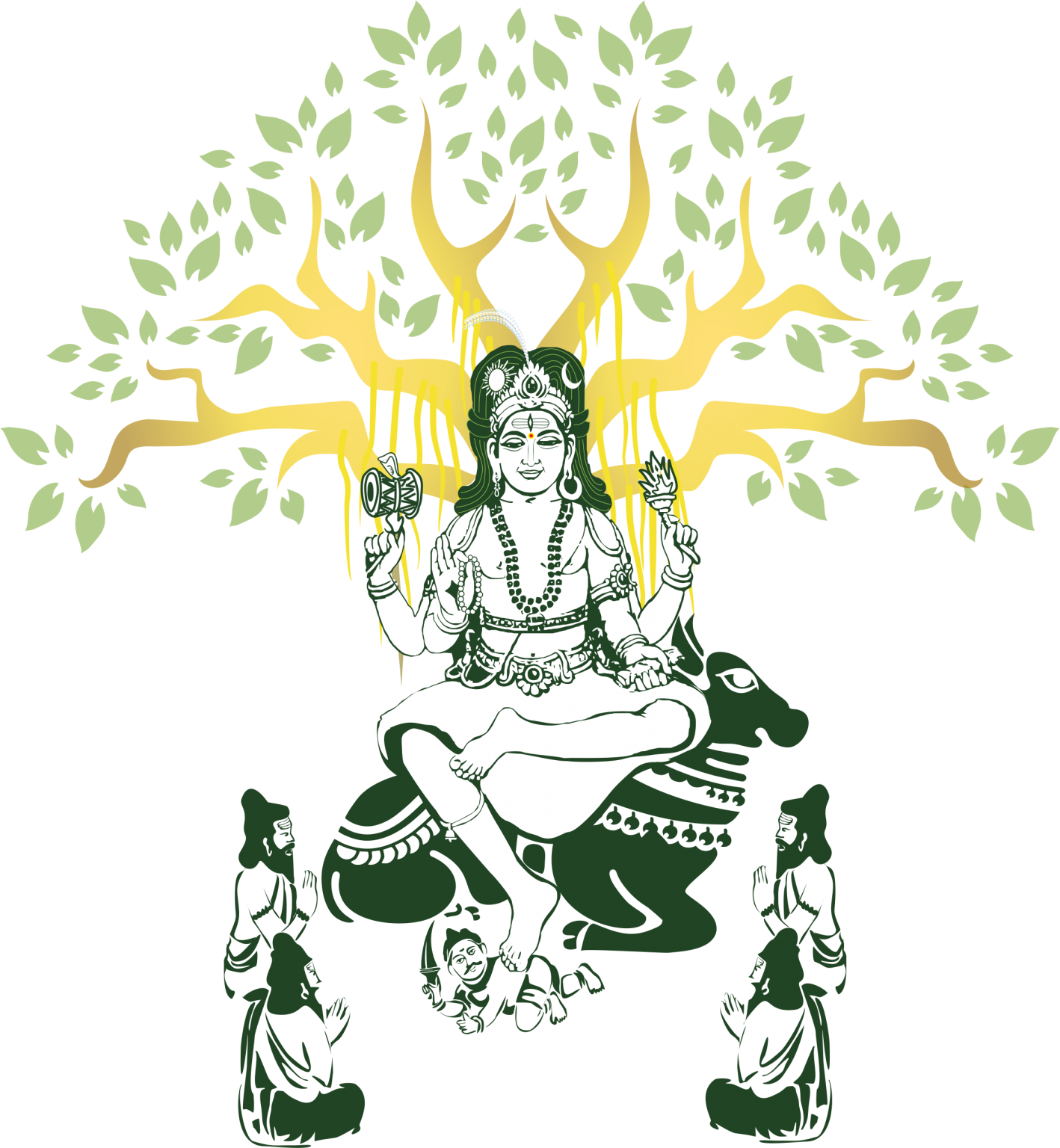Swami Dayananda Saraswati
Excerpt from the forthcoming Tattvabodha, Arsha Vidya Research and Publications, 2009
What is Dama? cakṣurādi-bāhyendriya-nigrahaḥ.
This is very important. We can all benefit by understanding this. Cakṣu means eyes, and by adding ādi, he includes not only the eyes, but all other sense organs. Bāhyendriya are organs of action, like speech, hands and legs, all those organs with which you do things. With reference to them, there is restraint, nigrahaḥ.
Suppose śama is lacking, and I am angry. The anger shows there is no śama, but I am angry, which is a fact. Now this anger can express itself, and when it does, it is not going to be very pleasant. Especially for the other person, the object of anger. He is not going to be given a bouquet of flowers. In anger, even if you give flowers, you throw them at the person and it becomes another way of hitting him. So the anger is not going to be pleasant in its expression, and in anger one cannot be reasonable. “He is angry and he is reasonable” is something I cannot understand at all. There is no reasonable or rational expression of anger, because the rational being is always overwhelmed by the emotional person, especially if the emotion is anger. So what can we do?
This is something we can practise. When I feel angry I have the right to terminate a conversation, please understand. You must know that you have a right to terminate a conversation. And if the other person is angry, you can point that out and say that you will talk later. You have the right to do that; it is called ‘drawing boundaries’. Drawing boundaries does not mean confining yourself to a certain living space, but placing limits on situations like this. What is drawing a boundary? Pointing out to the person, “You are angry now, so why don’t we talk later?” If the person says, “No, I want to talk about it now,” you just say, “No, let us talk later,” and walk away, without hurting further. That’s it, that is drawing a boundary. And when you are angry, you also need to stop the conversation. Of course, this is the thing we have to develop.
We should discover in ourselves a certain space which gives us the freedom to stop a conversation which is getting worse because of our own anger. One can say, “I am angry and I will talk about it later.” If you can do this, you have already learnt how to manage anger. This is drawing a boundary for yourself and for others. This “I will talk to you later” is dama. At that level, the physical manifestation, the level of talking, you pull down the shutters, bāhyendriya-nigrahaḥ. It is clean.
But then, what about śama? How do you arrive at that now? The anger is already there, and has to be expressed appropriately. The inappropriate expression is avoided by saying, “We will talk later,” but the anger has already happened, and if that is not resolved, there is no śama. At every stage this śama has to be gained. That resolution, upaśama, we have to arrive at. And how do we arrive at it? Anger is there and has to be resolved. And because the resolution of anger is only by expression, not by any other means, viveka is not going to help here. By saying that you should not have got angry, or that you should not get angry, nothing will be resolved. This viveka won’t work here because anger has already happened, and viveka can only help you to avoid anger. Now that the anger is there, how do you resolve that? We have to have śama.
These two words, dama and śama, are very significant words. Dama is an external expression in which anger is restrained, and śama is what you arrive at by the appropriate expression of that anger. What is the appropriate expression? It means that nobody is hurt—except a towel. You take a wet towel—wet because it will make a sound—and then beat the floor.
And tell your friend in the next room, “When you hear some abnormal sounds, don’t be afraid. In fact, you are spared!” This is one form of appropriate expression. Or, just go to the wilderness somewhere, where there is nobody around, and shout. That’s why we have a huge property here—so that people can go and scream their head off, and shout, “You idiot” and all those words which you can use only in your own language.
Nobody knows his language unless he has all the swear words. For this you have to use your own language, the native language with which you grew up, because in that language alone you have all the words you need for this. I am very serious; don’t think I am joking. Use that language and bring out all the words that are inside. Who hears them? The wind, the sun, the trees—let them all hear. That is how you scream your anger out. Or write down all that you have to write—what you would have done, what you would have said, write all of it and tear the papers into pieces and throw them away. This is how we get śama. Or, if there is any sympathetic person, talk to that person. In fact, after doing all this, you had better talk.
You scream it out, and afterwards, you can talk to somebody. This is how we get śama. Don’t listen to all these spiritual teachers and books like How to Win Friends and How to Find Success and Realise the Self. They all offer advice, and they only create problems. We have had too much advice, and it only adds to our problems. We don’t require advice at all; we require understanding. The more you understand, the easier it is for you to deal with all this. So let this not be taken as advice. Just understand that I am talking about how we deal with this, how dama is important and how śama can be arrived at. I am not giving advice. If śama is there, you don’t require dama. Only when śama is missing, is dama required, so dama is mentioned after śama. Dama is appropriate behaviour and śama is whatever insight I have, and the resolution of my response to the situation that required dama. Prayer can also be made use of here.




